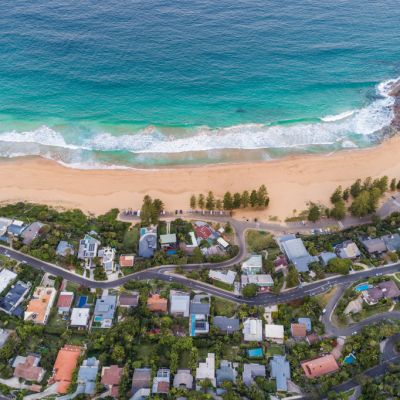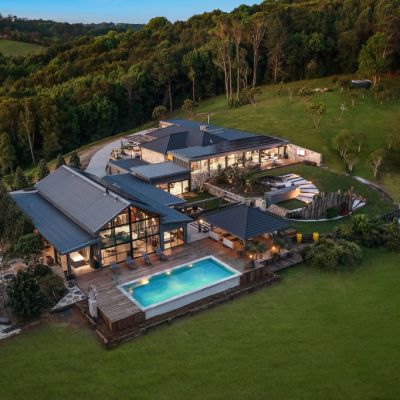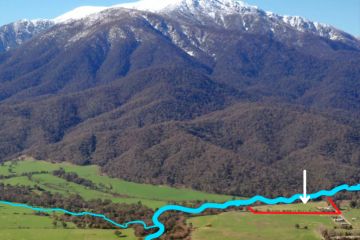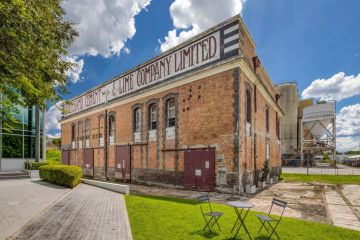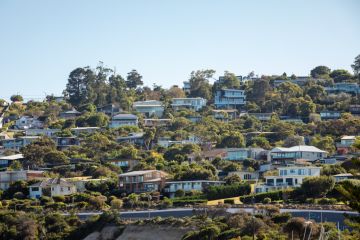The investor's dilemma: Should you rent out your holiday home for the short or long term?
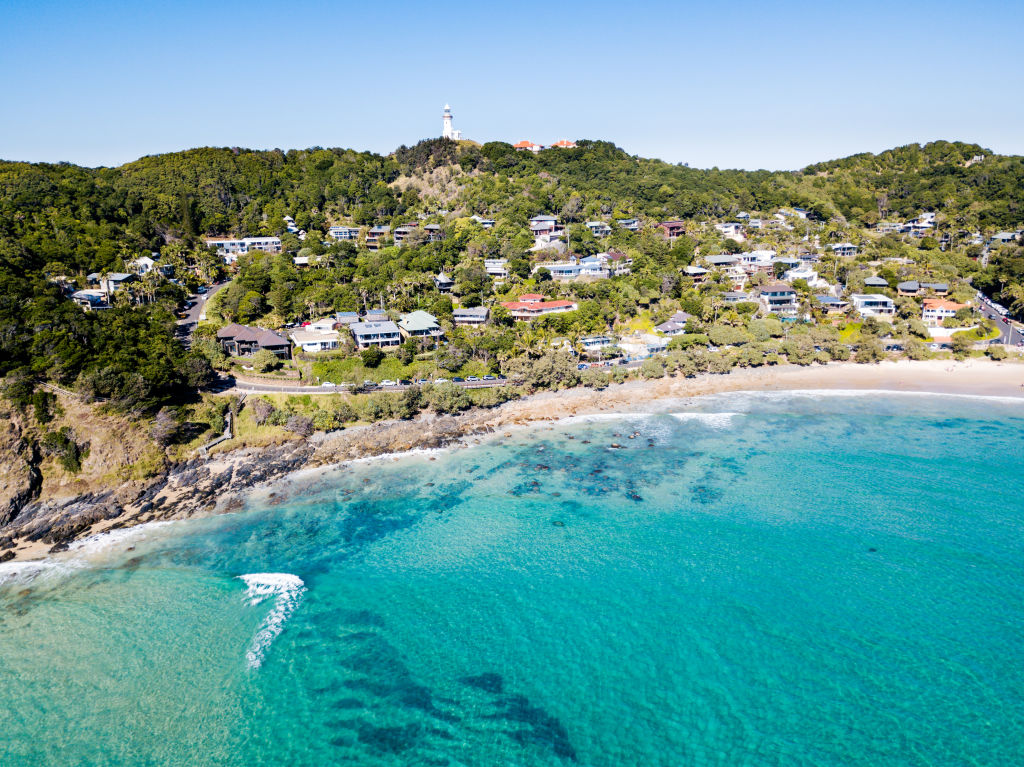
It’s the common dilemma for many investing in property in any one of the strongly performing holiday markets around Australia.
Should it be kept as a holiday home, with short-term holiday lets when the family doesn’t want it, or should it be put into the long-term residential rental pool?
From NSW’s Byron Bay to Queensland’s Noosa, from Victoria’s Mornington Peninsula to Victor Harbor in South Australia, from Broome in Western Australia to Hobart on the Apple Isle, all property investors are wrestling with the same quandary.
Short-term lets, with real estate holiday managers or platforms like Stayz and Airbnb, command higher rents but usually only for the peak holiday periods; regular rents are lower but the returns flow in all year-round.
“A lot depends on the location – proximity to the beach, walking distance to town – the property and how many bedrooms,” says Byron Beach Realty holiday property manager Shayne Mead.
“The more desirable the place, the more frequently rented out it will be, but you have to remember that there are more outgoings with holiday lets.
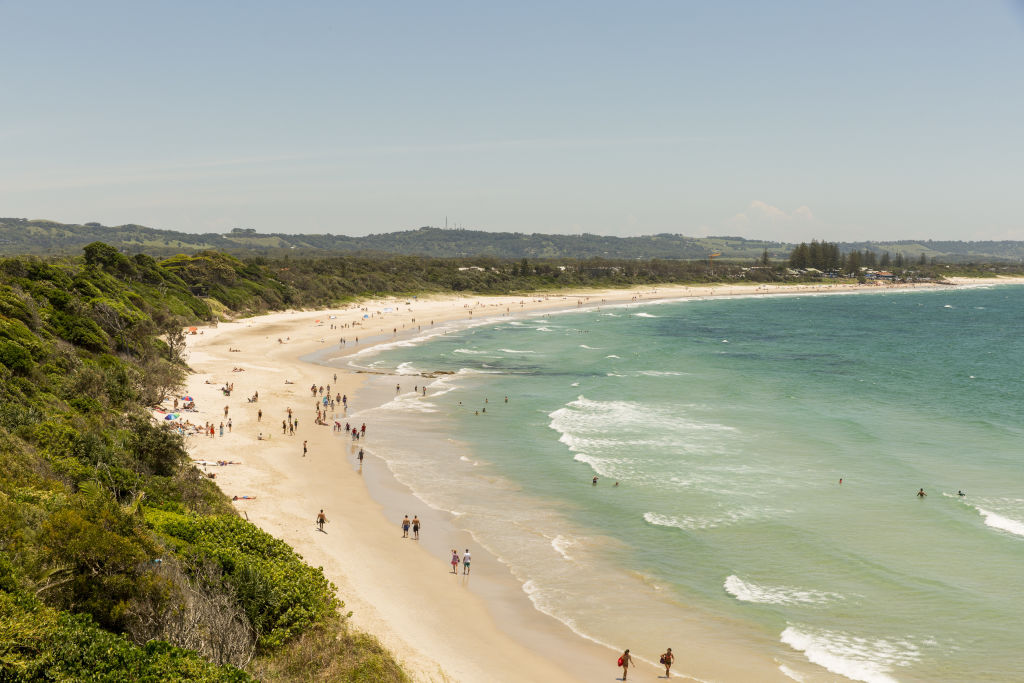
“You’ll have to pay electricity, cleaning and linen charges, and someone to look after letting. Also, the tourist market can be affected by unforeseen factors. It’s busy now, for instance, but over the lockdowns, these properties were pretty much empty.”
In different states and territories, there might be different regulations about the number of times homes can be let out for, too.
In NSW, a new 180-day limit has just been introduced by the state government for non-hosted properties, while individual councils are considering restricting that still further. In Byron Bay, a 90-day limit is being discussed.
On the plus side, though, a three-bedroom holiday home in Byron might command $7000 to $8000 a week in peak season, compared to a regular weekly rental of $1100.

Currently, fewer than five per cent of holiday homes are available there for summer, according to Stayz.
Darren Karshagen, director of Australia and New Zealand vacation rentals with Expedia, which owns Stayz, says, “The reality of the COVID era is that there is a real pent-up demand for travel and a prime opportunity for investors to generate revenue from the short-term rental market.
“Home ownership is a durable way to build wealth and renting to travellers makes it much more accessible. During good times, people have extra capital to invest. In downturns, people want to find a way to generate extra revenue and/or monetise their assets. The advantage over traditional long-term rentals, along with income, is its flexibility – you decide the weeks or weekends during which you want to rent your property and always keep control over the schedule.”
By the same token, COVID also revealed the downside.
Simon Pressley, head of property market research at investor specialist Propertyology, advises caution.
“People need to be aware of the tangible risks as well as the tangible opportunities,” he says.
“A fundamental rule for any investment decision is making sure a location has economic diversity so, if tourism isn’t doing well – as we saw with COVID and the GFC – there’s something else to fall back on.
“And with holiday letting, a lot of people underestimate the management of it and the cost. You might pay a property manager 15 per cent of income to look after lettings and keys, plus you’ll have to pay for cleaning and odd jobs and maintaining it well through the wear and tear.”
We recommend
States
Capital Cities
Capital Cities - Rentals
Popular Areas
Allhomes
More

